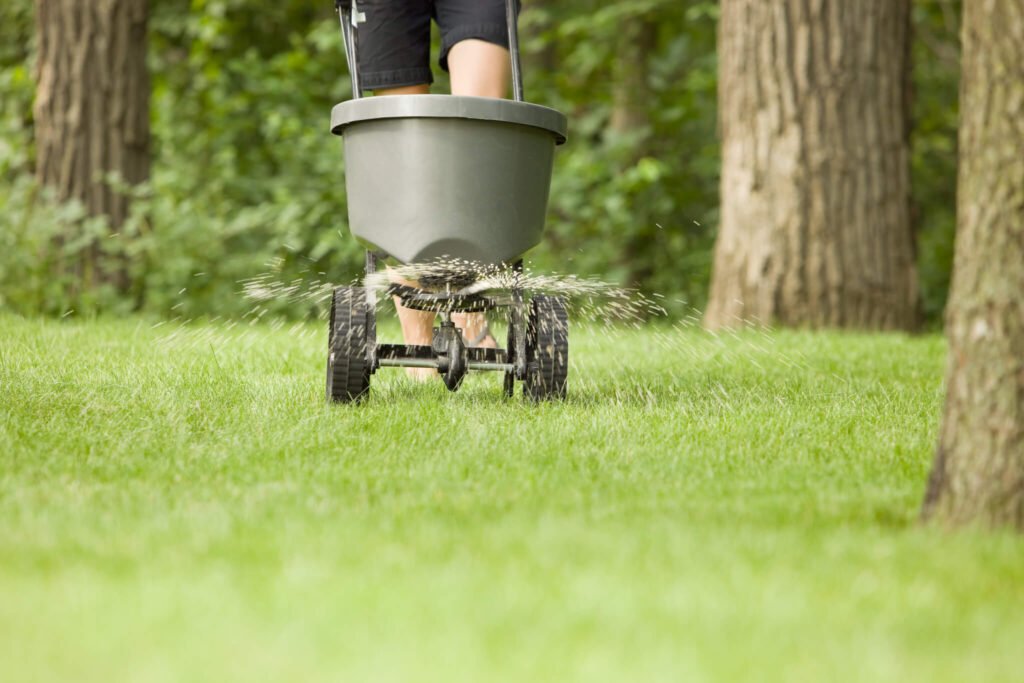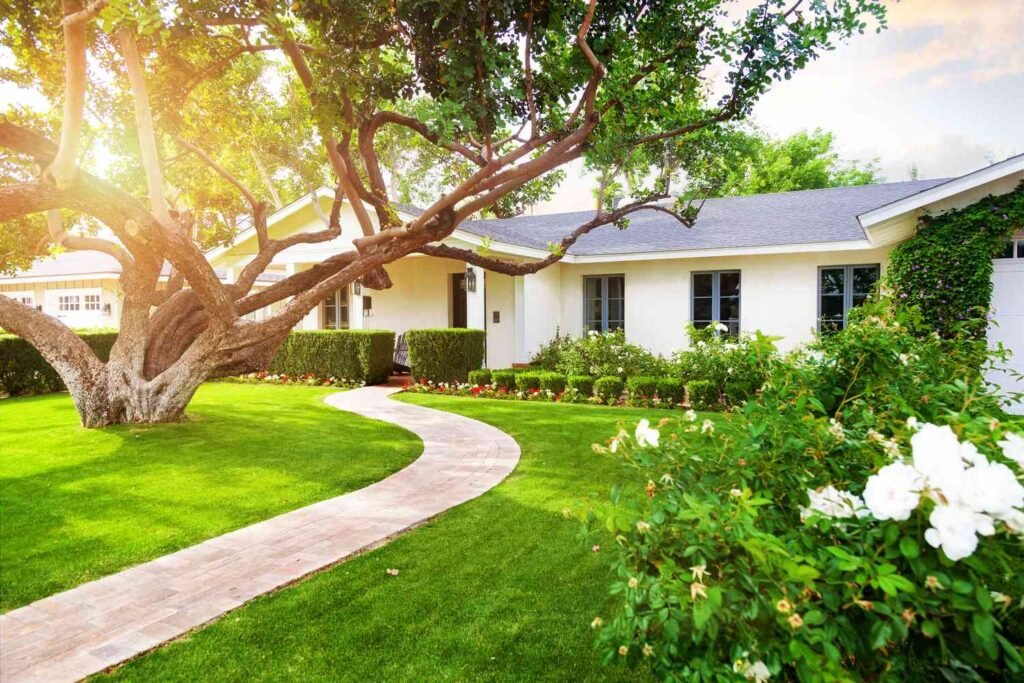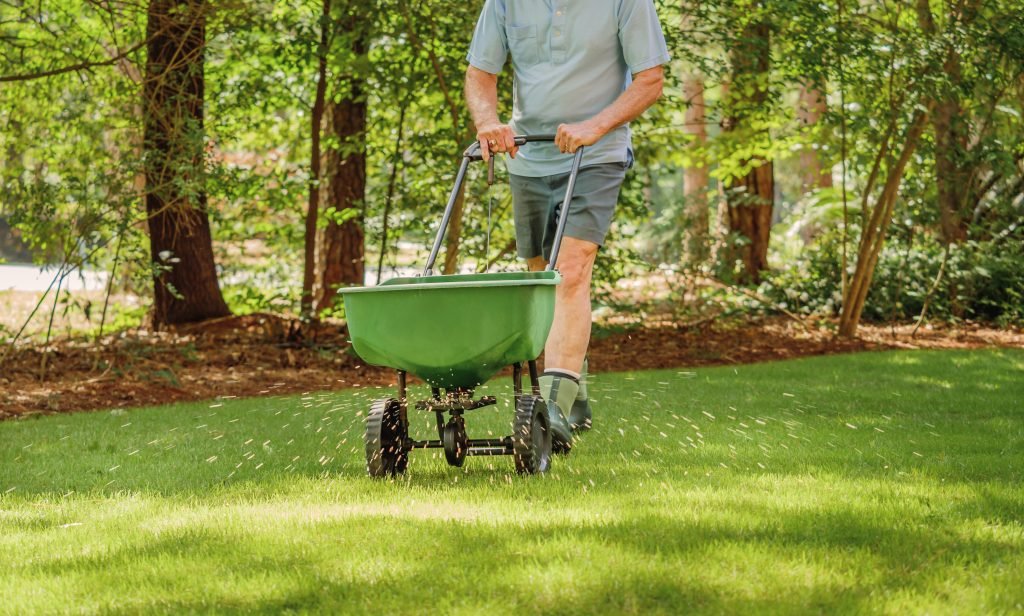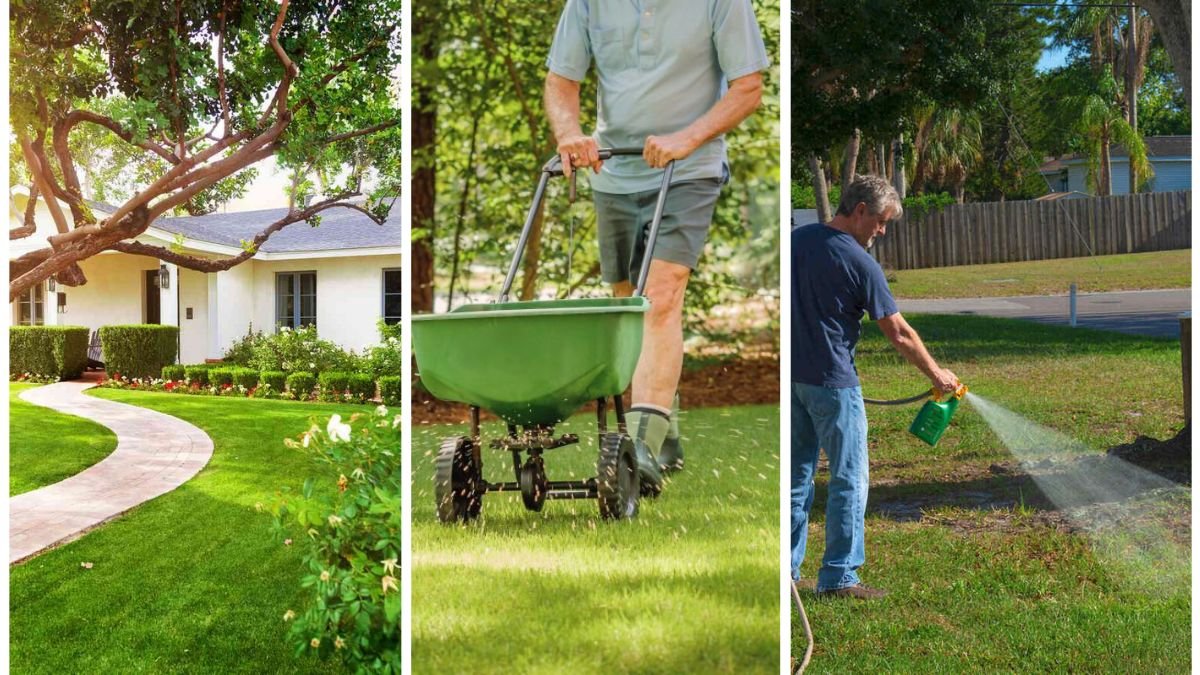A lush green lawn and a thriving garden don’t happen by chance—they’re the result of consistent care, proper watering, and most importantly, correct fertilization. Fertilizers provide essential nutrients that help plants grow strong, resist pests, and produce beautiful flowers or bountiful harvests. However, knowing when and how to fertilize your lawn and garden can make all the difference between healthy growth and wasted effort.
This guide will walk you through everything you need to know about fertilization—from understanding the right timing to applying fertilizers correctly, so your outdoor spaces can flourish year-round.
Why Fertilization Matters

Soil naturally contains nutrients, but over time, these nutrients get depleted due to plant growth, rain, and environmental conditions. Fertilization replenishes these nutrients, ensuring plants have the resources they need.
The three main nutrients found in most fertilizers are:
- Nitrogen (N): Promotes leafy green growth and strong stems.
- Phosphorus (P): Encourages root development and flowering.
- Potassium (K): Boosts disease resistance and overall plant health.
Fertilizing at the wrong time or in the wrong way can damage plants, waste money, and even harm the environment. That’s why timing and application are key.
When to Fertilize Your Lawn

1. Spring (Early Growth Stage)
Spring is a great time to give your lawn a nutrient boost as it comes out of dormancy. However, avoid fertilizing too early when the soil is still cold, as grass roots won’t absorb nutrients efficiently. Wait until your lawn starts actively growing—usually when soil temperatures reach about 55°F (13°C).
Best fertilizer type: Slow-release nitrogen fertilizers for steady growth.
2. Summer (Maintenance Phase)
Summer can stress your lawn due to heat and foot traffic. Fertilizing during this time keeps it green and healthy, but avoid applying during extreme drought or high heat, as this can burn the grass.
Best fertilizer type: Balanced fertilizer with nitrogen, phosphorus, and potassium to support overall health.
3. Fall (Recovery and Root Growth)
Fall fertilization is arguably the most important. It helps grass recover from summer stress, strengthens roots, and prepares it for winter.
Best fertilizer type: High in potassium to improve cold resistance.
4. Winter (Dormant Period)
Most lawns don’t need fertilizing in winter because growth slows down. Over-fertilizing in this season can lead to runoff and nutrient loss.
When to Fertilize Your Garden

Different plants have different nutrient needs, so fertilization timing depends on what you’re growing.
Vegetables
- Before planting: Mix a balanced fertilizer into the soil to provide a nutrient-rich start.
- During growth: Side-dress with nitrogen-based fertilizers once plants establish, especially for leafy greens like lettuce and spinach.
- Flowering and fruiting stage: Use fertilizers higher in phosphorus and potassium to encourage blooms and fruit production.
Flowers
- Annuals: Fertilize at planting time and every 4–6 weeks throughout the season.
- Perennials: Apply fertilizer in early spring as growth resumes and again after flowering to encourage another bloom cycle.
Trees and Shrubs
- Fertilize in early spring before new growth starts.
- Avoid fertilizing late in the growing season, as this can trigger new growth that may be damaged by frost.
How to Fertilize the Right Way

1. Test Your Soil First
Before fertilizing, it’s wise to perform a soil test. This reveals nutrient deficiencies and helps you choose the right fertilizer formula. Many local extension services offer affordable soil testing.
2. Choose the Right Fertilizer
- Organic fertilizers (compost, manure, bone meal): Improve soil structure and provide slow-release nutrients.
- Synthetic fertilizers (granular or liquid formulas): Offer fast, targeted nutrient delivery but can deplete soil health if overused.
Look for the N-P-K ratio on fertilizer packaging. For example, a bag labeled 10-10-10 contains equal parts nitrogen, phosphorus, and potassium.
3. Apply Fertilizer Correctly
- For lawns: Use a broadcast or drop spreader to evenly distribute granular fertilizer. Water lightly afterward to help nutrients penetrate the soil.
- For gardens: Apply fertilizer around the base of plants, keeping it a few inches away from stems to prevent burn. Liquid fertilizers can be sprayed directly on leaves for a quick nutrient boost.
4. Follow the Right Schedule
- Lawn: Fertilize 2–4 times a year, depending on grass type and climate.
- Garden plants: Fertilize every few weeks during active growth but avoid overfeeding, which can cause weak, leggy plants.
5. Watering After Fertilizing
Watering after fertilization helps nutrients soak into the soil and prevents leaf burn. However, don’t overwater, as this can wash nutrients away.
Common Fertilizing Mistakes to Avoid

- Over-fertilizing: Can burn roots, cause excessive growth, and pollute waterways.
- Wrong timing: Fertilizing when plants are dormant wastes nutrients.
- Uneven application: Leads to patchy growth in lawns and gardens.
- Ignoring soil health: Fertilizer isn’t a substitute for healthy, well-draining soil enriched with organic matter.
Eco-Friendly Fertilizing Tips
- Use compost to recycle kitchen scraps and garden waste into natural fertilizer.
- Try slow-release fertilizers to minimize nutrient runoff.
- Apply fertilizers during calm, dry weather to avoid wind drift and water pollution.
- Incorporate mulch around plants to reduce the need for frequent fertilization.
Conclusion
Fertilizing your lawn and garden is both a science and an art. By understanding when and how to fertilize properly, you can maintain healthy soil, support plant growth, and enjoy a beautiful outdoor space all year long. The key is to fertilize at the right time, use the right type of fertilizer, and apply it correctly.
Whether you’re nurturing a lush lawn, a vegetable patch, or a colorful flower garden, smart fertilization practices will ensure your plants thrive while also protecting the environment. With a little planning and care, your outdoor space can become a vibrant, healthy, and sustainable retreat.
